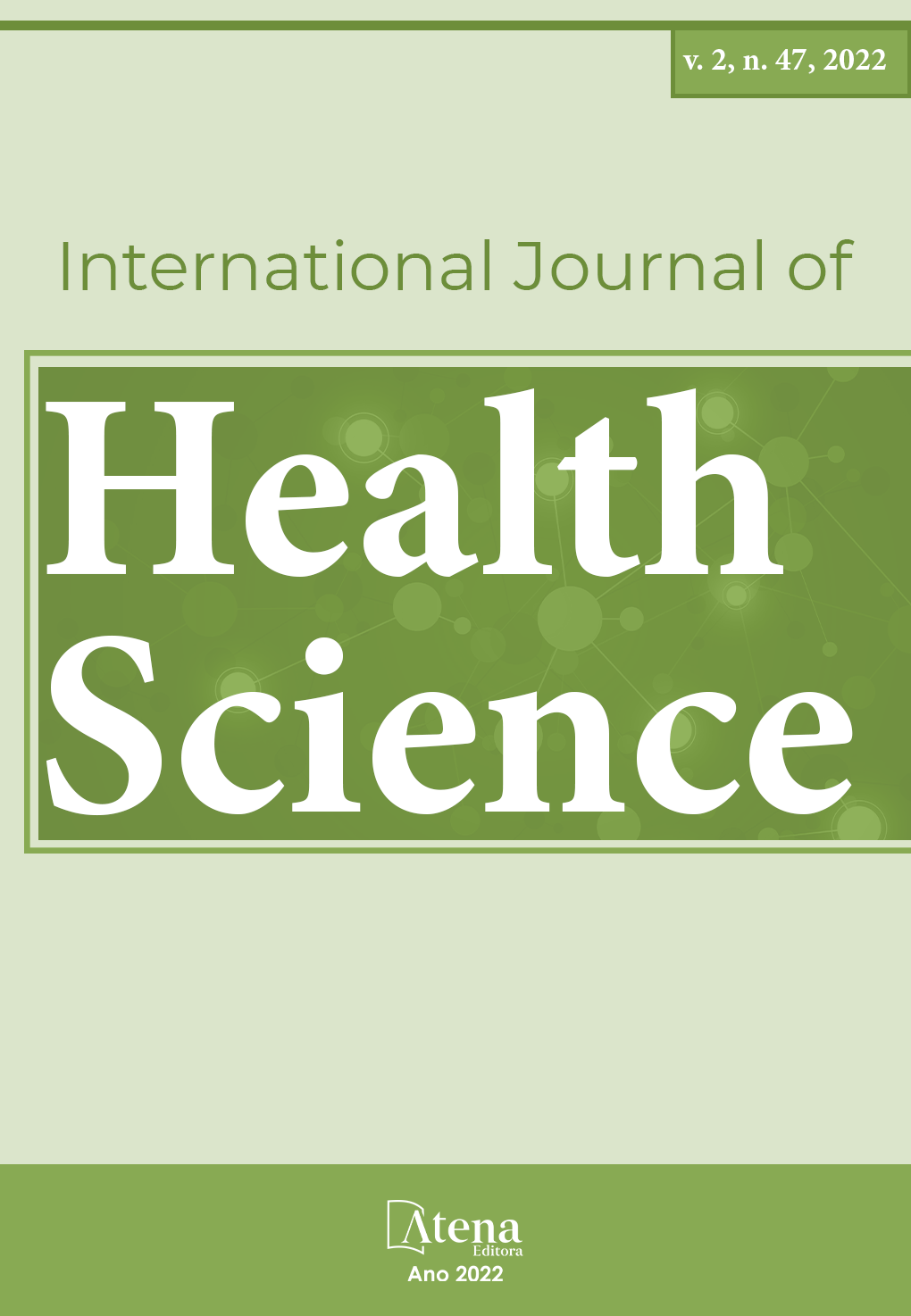
PREVALENCE AND SUSCEPTIBILITY PROFILE OF BACTERIA ISOLATED FROM UROCULTURES OF OUTDOOR AND INTERNAL PATIENTS AT HOSPITAL UNIVERSITÁRIO DE BRASÍLIA BETWEEN 2017 AND 2018
Urinary tract infection (UTI) is a very common health problem worldwide. UTI defines both lower urinary tract infections (cystitis) and upper urinary tract infections (pyelonephritis). Goal: The objective of this study is to identify the main bacteria responsible for urinary tract infections, as well as to trace their antimicrobial resistance profile. Materials and methods: Patients of all age groups and both genders were included in the study, all attended at the Hospital Universitário de Brasília between January 2017 and December 2018. Results: Among the 13,259 patients studied, 6,330 were seen in 2017, with 800 (12.64%) positive samples and 4,687 (74.04%) negative samples for bacterial growth, with 843 (13.32%) contaminated samples. A total of 6,929 patients were treated in 2018, with 4,973 (71.77%) negative samples, 1,116 (16.11%) positive samples and 840 (12.12%) contaminated samples. Conclusion: Continuous surveillance work on the main pathogens involved in infections, as well as their susceptibility profiles to antimicrobials, are extremely important, as they support clinicians when choosing the antibiotic.
PREVALENCE AND SUSCEPTIBILITY PROFILE OF BACTERIA ISOLATED FROM UROCULTURES OF OUTDOOR AND INTERNAL PATIENTS AT HOSPITAL UNIVERSITÁRIO DE BRASÍLIA BETWEEN 2017 AND 2018
-
DOI: 10.22533/at.ed.1592472215085
-
Palavras-chave: Urinary tract infection, antimicrobial resistance, antimicrobial susceptibility profile.
-
Keywords: Urinary tract infection, antimicrobial resistance, antimicrobial susceptibility profile.
-
Abstract:
Urinary tract infection (UTI) is a very common health problem worldwide. UTI defines both lower urinary tract infections (cystitis) and upper urinary tract infections (pyelonephritis). Goal: The objective of this study is to identify the main bacteria responsible for urinary tract infections, as well as to trace their antimicrobial resistance profile. Materials and methods: Patients of all age groups and both genders were included in the study, all attended at the Hospital Universitário de Brasília between January 2017 and December 2018. Results: Among the 13,259 patients studied, 6,330 were seen in 2017, with 800 (12.64%) positive samples and 4,687 (74.04%) negative samples for bacterial growth, with 843 (13.32%) contaminated samples. A total of 6,929 patients were treated in 2018, with 4,973 (71.77%) negative samples, 1,116 (16.11%) positive samples and 840 (12.12%) contaminated samples. Conclusion: Continuous surveillance work on the main pathogens involved in infections, as well as their susceptibility profiles to antimicrobials, are extremely important, as they support clinicians when choosing the antibiotic.
-
Número de páginas: 15
- Fabiano José Queiroz Costa
- Jerlen de Oliveira Sousa
- Paula Marcela Duque Jaramillo
- Jeanne Gonçalves Correia


